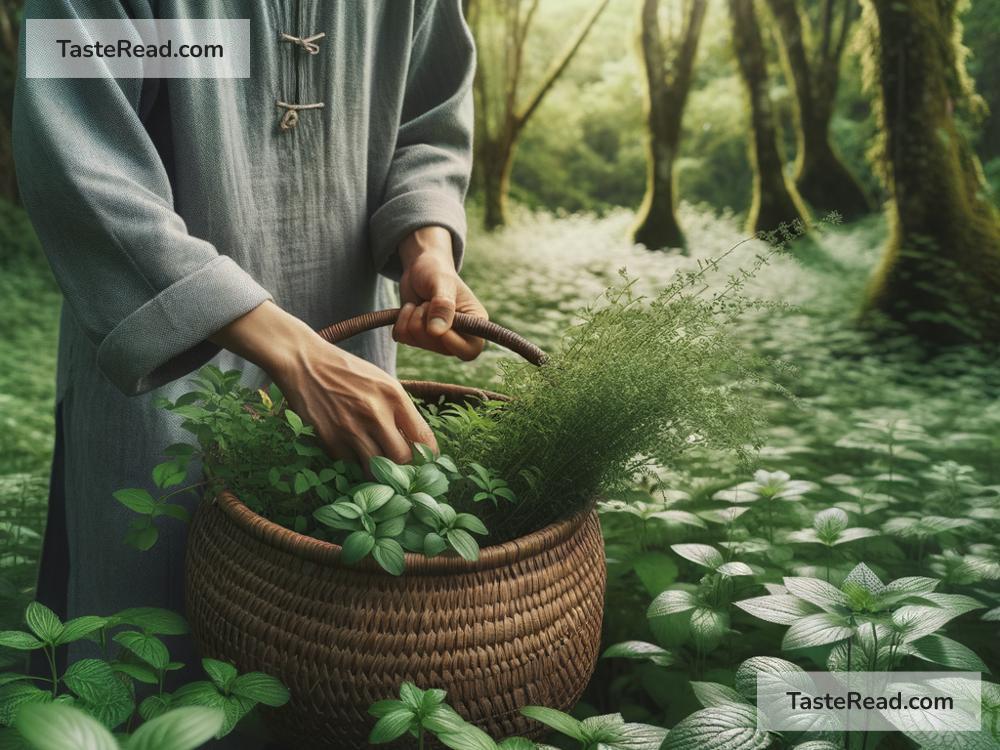Unlocking Nature’s Flavor: How to Source Indigenous Wild Herbs for Recipes
In the broad and colorful world of cooking, herbs play a pivotal role, adding depth and layers of flavor that captivate our taste buds. While supermarkets offer a variety of common herbs, there’s a whole different dimension of taste waiting to be explored with indigenous wild herbs. Sourcing these natural treasures can elevate your cooking, connecting you with local landscapes and ancient culinary traditions. Here’s a simple guide on how to forage for indigenous wild herbs safely and sustainably for your recipes.
1. Do Your Research
Before stepping out with your basket, it’s important to familiarize yourself with the local flora. Identify which wild herbs grow in your region and learn about their appearance, season, and habitat. Books on local edible plants, online resources, or workshops led by expert foragers can provide valuable insights. Knowing what you’re looking for is the first step to successful foraging.
2. Understand the Ethics and Laws of Foraging
Foraging must be done with respect for nature and adherence to local laws. Some areas may have restrictions or require permits for foraging, so it’s crucial to check the regulations in your region. Always follow the forager’s code of ethics: take only what you need, leave plenty for wildlife and future growth, and never uproot entire plants unless they are overly abundant and it’s legal to do so.
3. Equip Yourself
While foraging doesn’t require much equipment, a few items can make the process easier and more enjoyable. Bring along a basket or cloth bag for collecting herbs, a pair of scissors or a knife to cut them, and a field guide or smartphone app to help identify plants. Wearing long pants and sturdy shoes will protect you from thorns and insects.
4. Identify and Harvest with Care
Once you’ve located the wild herbs you’re after, take a moment to ensure you’ve correctly identified them. Some edible plants have toxic look-alikes, so it’s crucial to be 100% sure. Use your field guide or app to confirm the plant’s identity. When harvesting, cut or pick leaves gently to avoid damaging the plant. Remember, the goal is to gather enough for your recipe while ensuring the plant continues to thrive.
5. Sustainable Foraging
The essence of foraging sustainably is to ensure that there will be plenty of herbs for the future — for yourself, other foragers, and wildlife. A good rule of thumb is to take no more than one-third of the available plant material in any given area. Be conscious of where you step to avoid harming other plants and habitats.
6. Preparing Wild Herbs for Use
After returning from your foraging adventure, it’s time to prepare your wild herbs for cooking. Rinse them gently under cool water to remove any dirt or insects. Pat them dry with a clean towel or use a salad spinner. Some herbs can be used whole, while others may need their leaves removed from stems or a bit of chopping. Experimenting with these fresh ingredients is part of the fun, so don’t hesitate to try them in different dishes.
7. Incorporating Wild Herbs into Recipes
Wild herbs can infuse a unique flavor into various dishes, from salads and soups to sauces and teas. Use them as you would cultivated herbs, but start with smaller amounts. The flavors of wild herbs can be more potent, so it’s best to add them gradually and taste as you go.
8. Sharing the Bounty
One of the joys of foraging is sharing your finds with friends and family. Whether you gift a bundle of fresh herbs, cook a meal featuring your foraged ingredients, or trade with fellow foragers, sharing fosters a sense of community and connection to nature.
For those eager to explore the flavors of their local landscape, sourcing indigenous wild herbs offers a rewarding and delicious adventure. With respect for nature and armed with the right knowledge, you can enhance your culinary creations while experiencing the profound joy of connecting with the earth. So, lace up your boots, grab your basket, and embark on a journey to discover the wild and vibrant flavors that nature has to offer.


